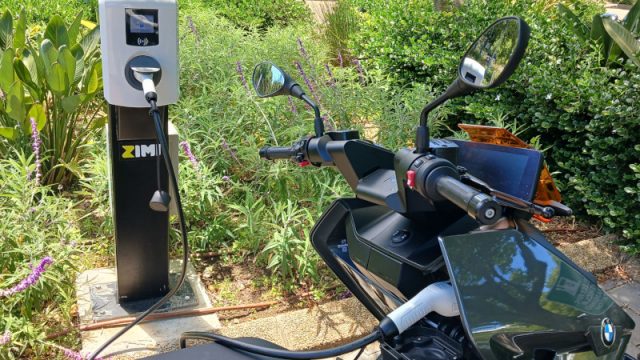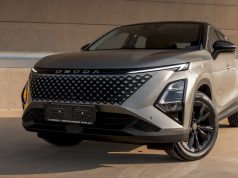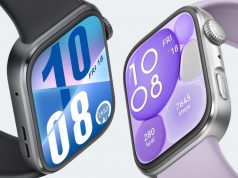I bought a 22 kW AC charging cable and found it very useful when reviewing electric vehicles. But who would want one of these EV charging cables, and why?
Electric vehicles (EVs) are a hard sell in South Africa. Eskom’s unreliability has turned many a motorist against the idea of running an EV. And yet, many car users are now EV-curious, while a growing number have taken the leap. If you are one of these ‘early adopters’, you might be in the market for something like the Zencar 22 kW T2-T2 EV cable.
Seeing that EVs are a fairly recent phenomenon, let’s first consider the different ways of charging an EV and why you would possibly need a cable such as the Zencar 22 kW T2-T2.
Different ways of charging
There are three ways, mainly, to charge an EV:
Method 1
Connect the EV to a domestic plug – the same socket you plug your kettle or vacuum cleaner into. To charge your EV this way, you need a specific device. It comes with the vehicle and resembles an oversized laptop charger. Let’s call it a wall-socket charger or portable charger. This is the slowest way to charge an EV’s battery.
Note that most electric scooters can only charge from a standard domestic plug.
Method 2
Connect the vehicle to an AC charge point, also referred to as a Type 2 charge point. This could be a “wall-box” in your garage or a public AC charge station at a shopping mall, car dealership, or other point of interest. It is usually much quicker to charge this way than with a domestic plug and wall-socket charger.
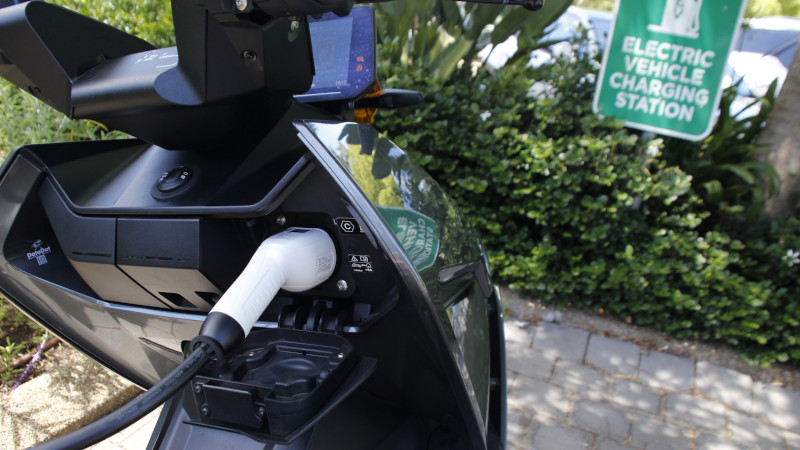
To connect your EV this way often requires that you bring your own Type 2 cable. (See pictures below.)

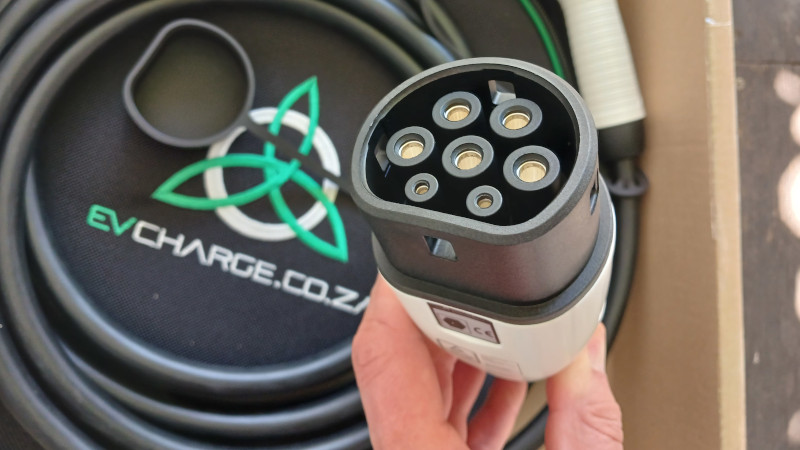
Public AC charge points usually sell electricity at R5.88 per unit (1 kWh), which is much more expensive than what you would pay at home. The cable we review here, belongs the second charging method (above).
Method 3
Connect the EV to a DC charging station. This is the quickest way to charge, but also the most expensive – at R7.35 per unit of electricity (1 kWh). There’s no need to bring your own cord, but the thick and heavy DC cables can be hard to maneuver.
These charging facilities, mostly installed by GridCars, are expensive to buy and require the site to meet specific requirements. Therefore, they are not as common as AC (Type 2) charge points. A welcome feature of DC chargers is that the majority also offer Type 2 sockets for AC charging. For these you would usually have to bring your own cable.
Why you might need one
Car dealers usually supply their customers with a wall-socket charger (method 1), and a wall-box (method 2). Most of these wall-boxes have a tethered cord and plug. But when you want to top up the battery at a public Type 2 charger (also method 2), you have to bring your own Type 2 cable.
Some car manufacturers supply Type 2 AC cables with the car or motorcycle, but most of them do not. If they do, they usually supply a thinner (slower) cable.
If you want a Type 2 AC cable, or if you’re unsatisfied with the one that came with the car, you can buy one from a shop like EV Charge or from the car’s manufacturer.
Why I bought one
When EVs or plug-in hybrids arrive at my door for road tests, they sometimes arrive with wall-socket chargers only. This means I can’t do Type 2 charging, unless the charger has a Type 2 cord attached. This necessitated the purchase of an AC cable.
Purchasing experience
After discovering the showroom of EV Charge at Irene Mall on a Sunday, I looked them up online and ordered from the website. At R3 760, the 22 kW (max.) cable is marginally more expensive than the 11 kW cable at R3 685. The 22 kW cord is definitely the smarter buy.
Unboxing and setting up
To help protect the cable and keep it stored tidily, I ordered a round-shaped carry bag (R290) which has EV Charge’s logo embroidered on it. The bag and cable arrived in a flat cardboard box, with the plug at each end wrapped in bubble wrap.

Using the Zencar cable
When the Zencar cable was delivered, I had the pleasure of testing the BMW CE 04 electric performance scooter, which offers Type 2 charging. I rode the scooter to Lourensford wine estate in Somerset West, which has a free AC charger operated by Zimi.
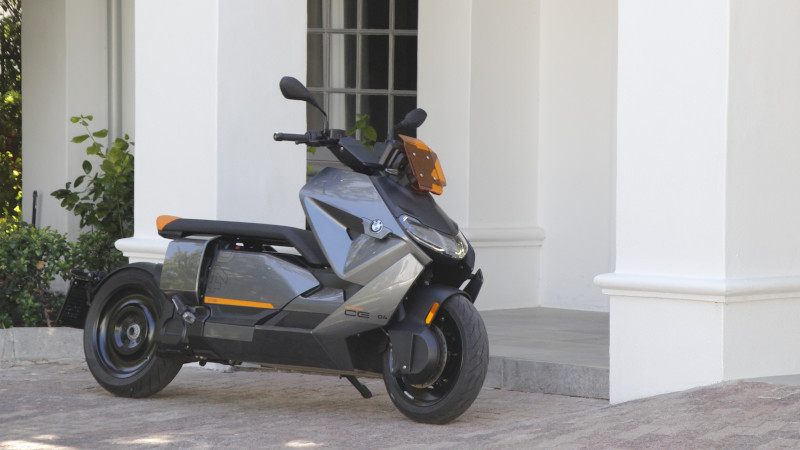
Important features
The most important feature of the Zencar cable is that it allows the maximum AC charging rate from a single-phase charge point (a wall-box at home) as well as the three-phase chargers usually found at shopping centres.
The on-board chargers of most EVs charge their batteries at a maximum AC rate of 11 kW. But, as more and more manufacturers fit their cars with 22 kW on-board chargers, it’s best to buy a 22 kW cable.
The last thing you want when you upgrade to a car with a 22 kW on-board charger, is an outdated or “slow” 11 kW charge cable. Therefore, it’s wise to buy a cable with the maximum AC rate of 22 kW, even if you charge at less than that (for now).
The Zencar cable: pros and cons
The Zencar 22 kW T2-T2 EV charging cable is a well-made product that simply does what it’s supposed to, without a fuss. The cable has good flexibility and the connectors fit perfectly.
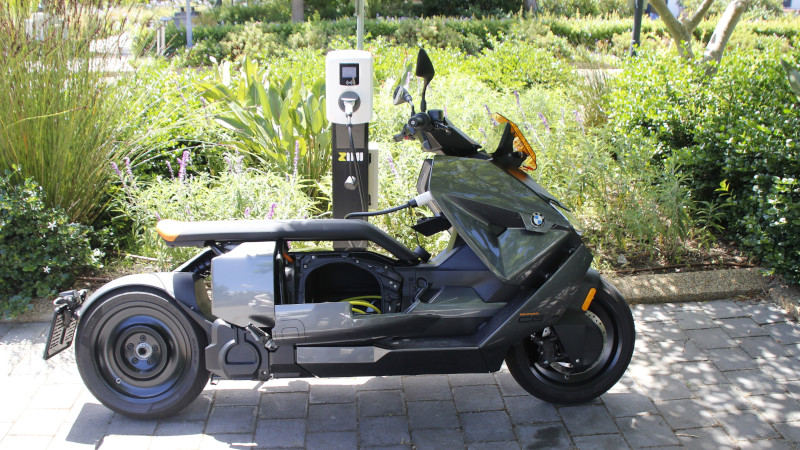
Plugged into the charge point at Lourensford, the BMW CE 04’s 8.9 kWh battery took around 20 minutes to go from 50 percent to fully charged.
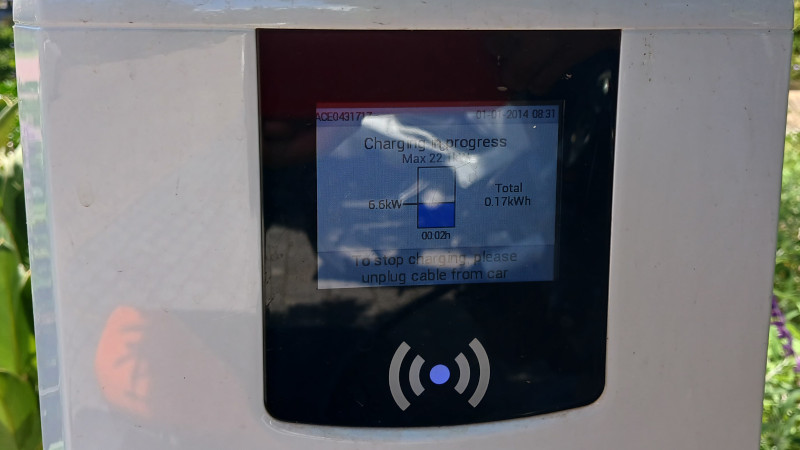
The cable has no negative attributes, except that it’s more expensive than I expected.
Conclusion and score
The Zencar 22 kW T2-T2 EV charging cable scores 5 out of 5.
5.0 out of 5.0 starsSpecifications
Power: 22 kW, 3-phase
Current: 32A x 3
Voltage: 400V AC
Length: 5 m
IP Rating: IP55
Temperature -30° to +50°
Certification: TUV, CE, and UL
Colour: Black cable / white plug
Warranty: 24 months


